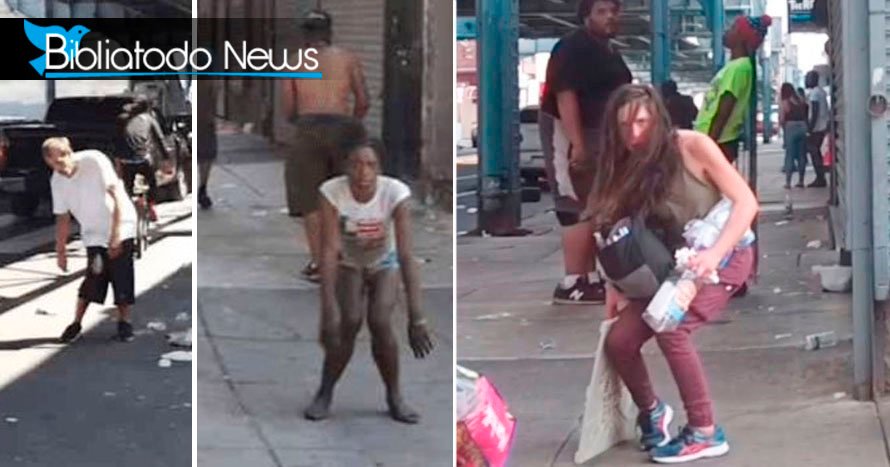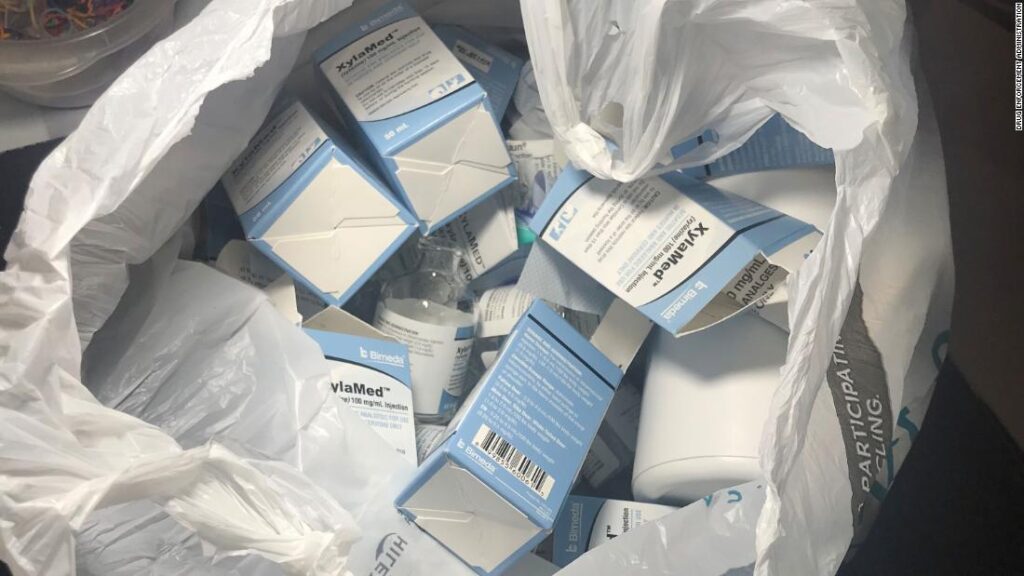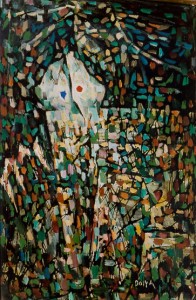‘Tranq’ – The New Agony of Junkiedom

There’s a powerful new tranquilizer in the street drug supplies of Philadelphia and other cities that’s causing mysterious body wounds and agonizing withdrawals. An opiate addict would likely not find a bag without it.
Prologue
In Philadelphia, the neighborhood of Kensington (called by some “the Badlands”) has been designated by the Drug Enforcement Administration as “the East Coast’s largest open-air drug market.” Last year, a tough-on-crime Democrat named Cherelle Parker was swept into the mayor’s office on the promise to give Kensington back to its long-suffering residents.
Parker acted swiftly. She assigned 75 new police officers to the neighborhood, tore down numerous homeless encampments, and increased narcotics arrests. The good news is that gun violence has seen a historic decline. But quality-of-life crimes have remained stubbornly constant and Kensington’s legion of drug dealers seem to be playing a cat-and-mouse game with cops by setting up shop on a different block.
Taking down a “billion-dollar enterprise” takes time and resources. “[The police] are as frustrated as the neighbors,” said Deputy Police Commissioner Pedro Rosario, charged with overseeing the reclamation. “It’s a complicated issue that requires a complicated solution.”
Big Business in the Badlands
In the 1980s and 1990s, the business of selling heroin became customer-friendly. Prices were lowered to $10 a bag. Each bag was uniformly packaged and given a stamp (like GODFATHER) that revealed its quality and location (which moved around because of law enforcement).
Because of this entrepreneurship, kids from all over Philadelphia and the suburbs could visit the Badlands, hook up with their favorite dealers and hottest stamps, and get out quickly. Buyers had only two things to worry about: 1) cops and 2) neighborhood thugs.
Back then, kids didn’t have to worry about “maroon-colored sores covering half of one leg” or “losing one finger.”
That’s what it’s like now. It’s madness out there.
Fentanyl
By the mid-2010s, a powerful synthetic opiate called Fentanyl was beginning to replace heroin in the city’s dope supply. It caused a wave of overdoses obviously because of its strength. Users didn’t like it as much as heroin but didn’t have much of a choice. By 2015 Fentanyl became practically the only option for junkies prowling the Badlands.

This Fentanyl: 50 times stronger than heroin. That’s what the CDC says. The withdrawal: every leg cramp, every bout of nausea, every spasm, every fit of exhaustion times fifty. Detox is out of the question. Medically-assisted treatment must come in huge doses. Are you willing to wear a Fentanyl patch for a lifetime?
Of the over 91,000 Americans who overdosed on opiates in 2022, it is estimated that 68% of those deaths are attributed to synthetic opiates like Fentanyl. Junkies are literally rolling the dice every time they use Fentanyl.

No “Happy Hug”
It seems Fentanyl has gotten a new partner. The drug has actually been around for a few years but it’s gained fresh notoriety due to its quick and thorough infiltration of the city’s opiate drug supply. These days, if you buy a bag on any street corner, the presence of “tranq dope” is simply a given.
Jen Shinefeld of the Philadelphia Health Department gives us a good timeline:
Philly used to be known for the purity of its heroin…Once heroin became less available, we became more of a fentanyl-based city. Fentanyl has a shorter half-life. It’s a much quicker high. Tranq gives Fentanyl longer legs, the longer-lasting high. That’s why it was initially added to Fentanyl–to help mimic that traditional heroin high.
But it doesn’t give you that happy hug that an opioid would give you. It causes people to black out, to not remember things.
Jen Shinefeld
According to Shinefeld, of the 200 samples of dope, mainly Fentanyl, that the City of Philadelphia has tested since September 2020, all of them have come back with tranq in them.

‘Tranq’ is Xylazine
The first thing to know about xylazine, a powerful animal tranquilizer, is that it is not an opiate and doesn’t appear on the DEA’s schedule of illegal drugs. Tranq is perfectly legal and can be purchased online.
But ironically, not being an opiate is a problem for health officials. A tranq overdose does not respond to Narcan or other drug-reversing protocols. There is currently no medically-assisted treatment for xylazine. And since tranq binds to the same brain receptors as opiates, withdrawal from tranq can be brutal…especially when traditional opiate withdrawal medications don’t work with tranq.
Horrific Wounds and Amputations
Intravenous drug abusers often have to deal with skin infections at the site of injection. But adding tranq to a bag of Fentanyl can result in severe lesions appearing anywhere on the body. John Sherman, a former junkie who now manages a recovery house in the Badlands, remembers finding a wound on his leg, where he never injected drugs, that took months to heal.
“I would inject in my neck,” Sherman remembers, “but these wounds were coming out of my hands and legs. It would scab up, and you would rip the scab off and it would be like a crater under your skin, like it’s eating your flesh.”
“It’s Eating Away at My Skin”
The science isn’t certain about what causes the serious wounds that tranq users suffer. It’s possible that xylazine’s effect on the vascular system makes body wounds “quicker to open and slower to heal.”
What’s crystal clear is the data being compiled by the Philadelphia Health Department:
Since tranq became the primary contaminant in Philadelphia’s opioid supply, soft tissue infections have risen 5 percent and bone disease by 20 percent. Amputations are on the rise. The wounds are appearing even in people who [only] snort or smoke tranq.
Vice
Coda
And here’s a sign of the times. The online newsletter BillyPenn reports that the Philly health department is hiring two new positions: wound care specialist and field nurse.
Meanwhile, Mayor Parker has seemed to abandon her tough posturing in favor of “harm reduction.” In Kensington 2025, there are as many city service workers as there are cops. The mayor recently announced the building of a $100 million drug treatment facility. Street sweepers report clearing 100-200 syringes off Kensington streets daily.
Â


















































































































